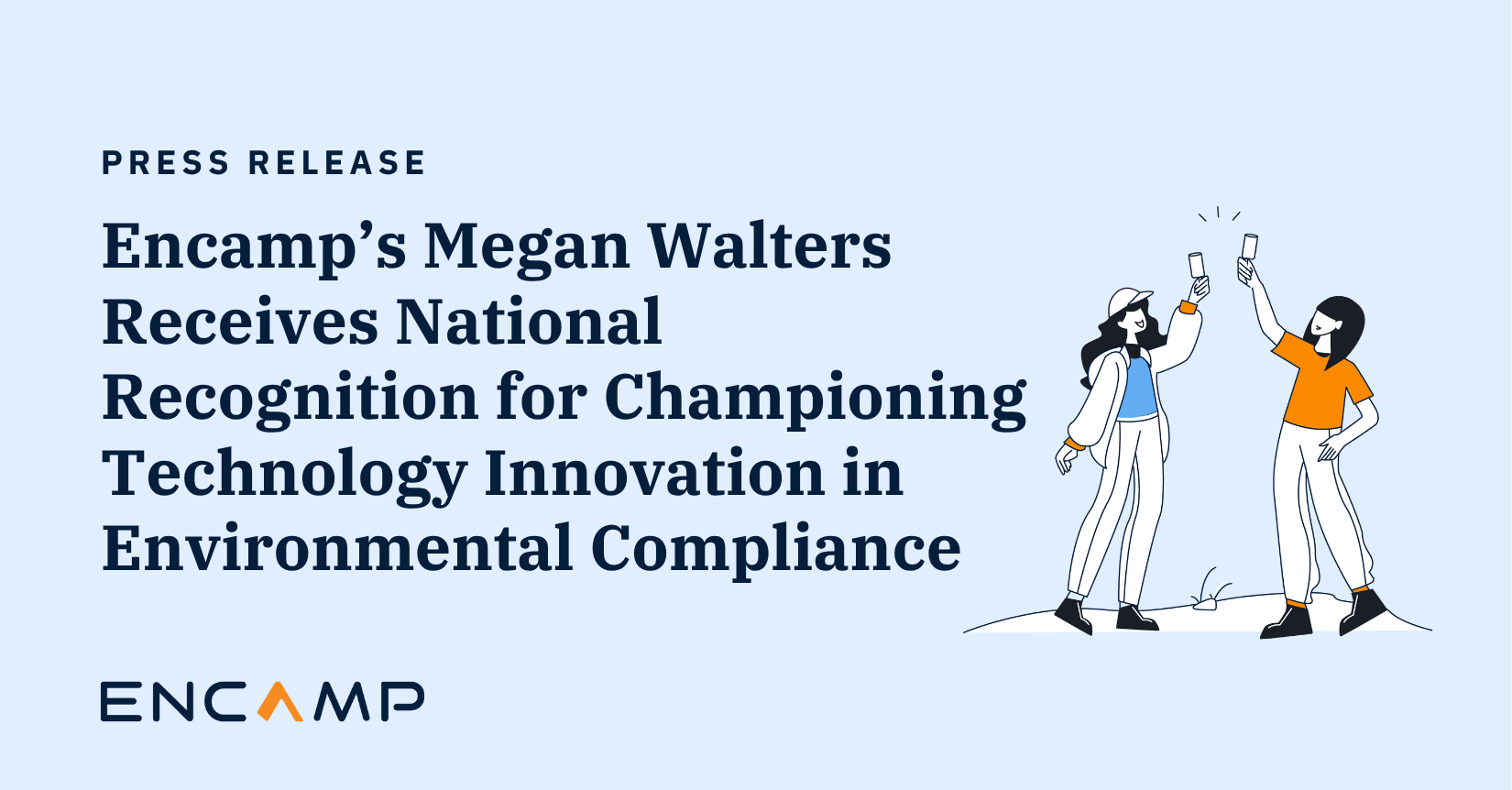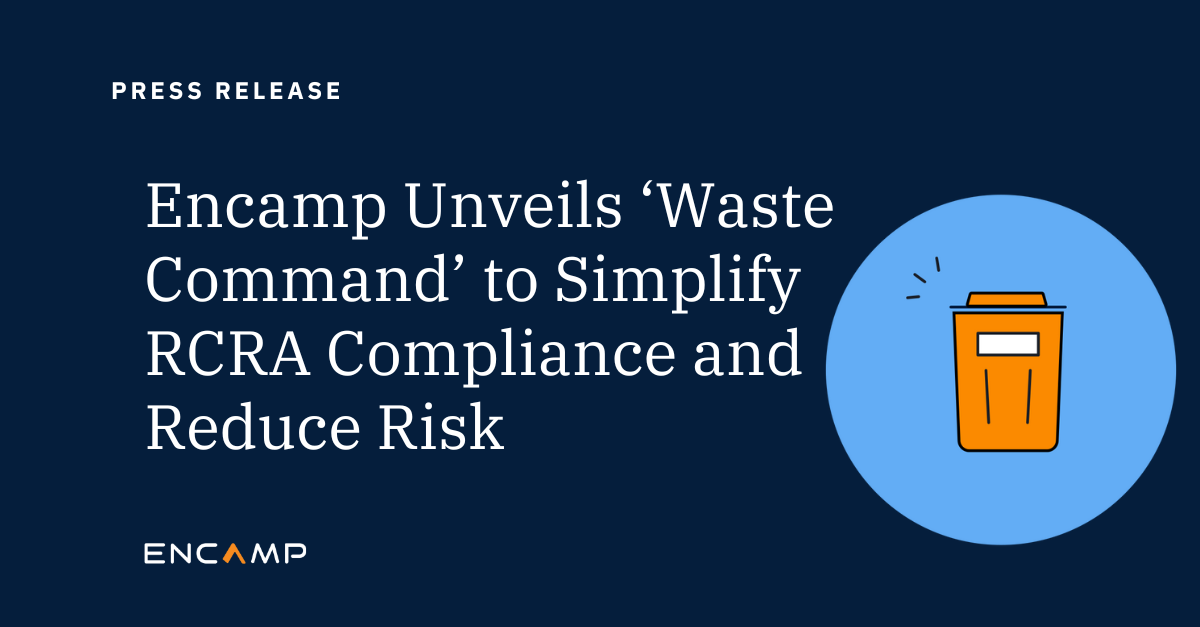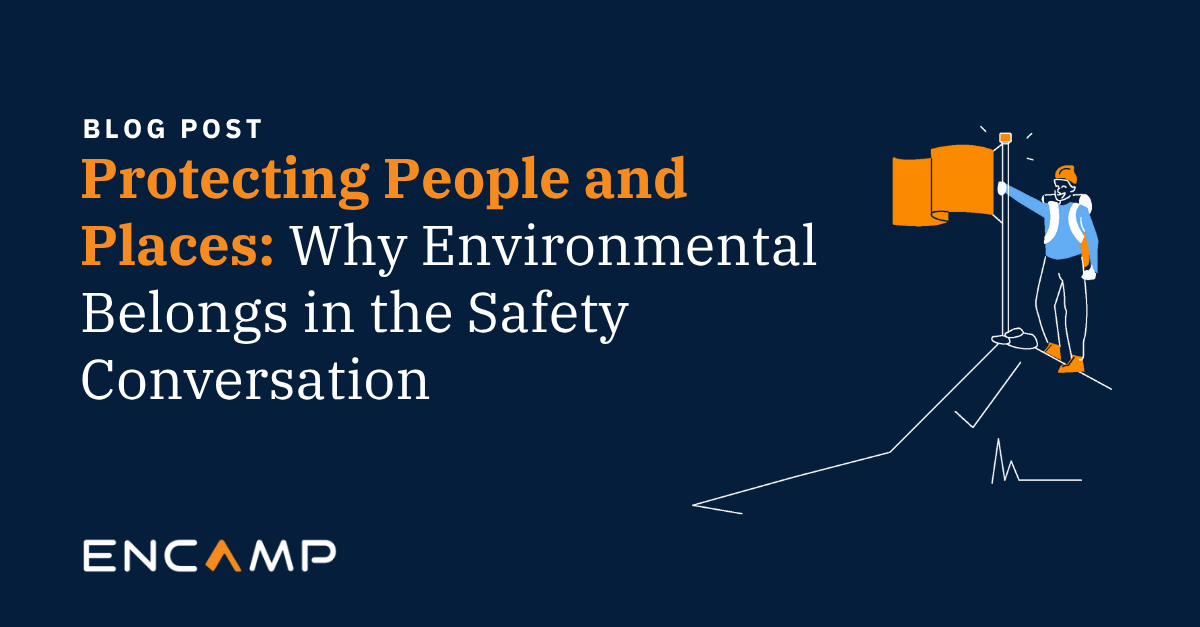As if environmental compliance reporting isn’t confusing enough. What chemicals, for instance, does the EPA consider “hazardous.” If they are hazardous, what are their Tier II reporting thresholds? And why do Tier II reporting requirements (a.k.a., Tier 2 reporting requirements) for states and local jurisdictions constantly change?
When EPA reports are inaccurate, incomplete, or never even filed when they’re required to be, the last thing compliance leaders need are notifications of non-compliance and potential EPA violation fines. Nor do many EHS teams have the time and resources to spend on remediating EPA violations, instead of working on higher priority initiatives like sustainability.
Within the scope of environmental compliance reporting, the best way to avoid any violation is to first understand what constitutes non-compliance. Equally vital is understanding how proper reporting can guard against your organization being reported in environmental complaints or for a company violation of some kind.
What Is an EPA Violation Where Reporting is Concerned?
There are far too many potential causes of compliance and Tier 2 reporting violations to delve into here. There’s also no “official” EPA violations list, per se. But a good example of documented violation triggers comes from an EPA alert that took effect in November 2021 for Tier 2 reporting year 2022.
To address chemical storage concerns for EPCRA, the EPA issued an Enforcement Alert on the Risks of Improper Storage of Hazardous Chemicals at Chemical Warehouses and Distribution Facilities. The Alert noted that businesses filing compliance reports constantly failed to:
- Account for the chemicals in all containers (including aerosol cans, cylinders, storage tanks, etc.) that could be affected by the same emergency event, such as a fire.
- File and implement a Risk Management Plan (RMP), often because insufficient inventory facility management systems failed to flag that chemical inventories had exceeded regulatory thresholds.
- Submit a Tier II form, Safety Data Sheet (SDS), or TRI Form R, in violation of EPCRA.
Among these concerns, the failure to submit a Tier II form is clearly a violation. Less clear, however, is an issue such as an up-to-date Safety Data Sheet (SDS).
Safety Data Sheets are often outdated
Even when SDSs are filed as needed to meet Tier 2 reporting requirements, they’re often outdated and don’t meet OSHA’s modified Hazard Communication Standard (HCS). The HCS guideline in turn conforms to the United Nations’ Globally Harmonized System of Classification and Labeling of Chemicals (GHS). Given that compliance stakeholders must sometimes manage hundreds of SDSs for their product inventory, then, HCS and GHS guidelines can easily get overlooked and be cited as an EPA report violation.
Worse than a reporting violation, outdated Safety Data Sheets can put first responders and communities in danger when the latest safety information for hazardous chemicals isn’t fully made available.
But a much worse consequence is that out-of-date SDSs can put first responders and local communities in danger when the latest safety information for hazardous chemicals isn’t fully made available. Fortunately, EHS-based technology can now actually extract and update the information in SDSs to ensure the information they contain is accurate.
Other common errors in EPA reports that can lead to violations
Outdated and insufficient SDSs are just one of many common Tier II reporting errors EHS teams encounter every year. For program areas like EPCRA and RCRA, such errors often result from having to interpret EPA reporting requirements that change constantly — especially at the state and local level — or that aren’t always clear to begin with. A good example is how to report mixtures for lead-acid batteries and the confusion it can lead to.
A lack of visibility
Another root cause of reporting errors is not having adequate visibility into information and compliance data. Along with SDSs, for example, errors in chemical inventory lists and reporting thresholds can easily go undetected if not monitored regularly. Outdated emergency contact and site plan info at facilities likewise often goes undetected — until it’s pointed out in an EPA notice of violation. Like outdated SDSs in the event of a disaster, not being able to reach an emergency contact or knowing where hazardous chemicals are stored at a site can put first responders at risk.
The EPA reportable quantity list
Other frequent errors can be traced to the EPA reportable quantity list, commonly known as the List of Lists, for chemicals reported under EPCRA, the Comprehensive Environmental Response, Compensation, and Liability Act (CERCLA) and the Clean Air Act (CAA). One common issue stemming from the list is that businesses incorrectly mark chemicals as extremely hazardous substances (EHSs). Here again, a lack of visibility into chemical inventories can result in chemicals being mislabeled or miscounted by way of quantity.
Further, especially in distributed companies, chemicals often tend to get reported inconsistently across facilities, leaving chemical inventories to get reported inaccurately. By digitizing data for chemical lists, inventories, threshold quantities and so on, compliance leaders and EHS teams can more effectively manage their product inventory and properly identify chemicals to avoid non-compliance violations.
Or, as was the case in the following EPA violation, a company can simply fail to report certain chemicals when required.
EPA violation fines and settlements: One recent example
In one recent example of EPA cases and settlements, the agency took action against a chemical warehousing company in June 2022 for “unsafe practices and inadequate reporting.” Environmental complaints in the case centered on “alleged” violations of both the CAA’s General Duty Clause (GDC) and EPCRA requirements for reporting years 2019 and 2020. (The recurring reporting violations likely did not sit well with EPA inspectors.)
Specifically, the warehousing company failed to report several EHSs under EPCRA Section 311 and 312 chemical inventory reporting requirements, and in line with CAA GDC requirements applicable to “sources producing, processing, handling, or storing EHSs.” As part of the EPA settlement, the company agreed to pay a penalty of $109,635, and to certify compliance with all of its CAA GDC and EPCRA requirements under the watchful eye of the EPA. The company also likely damaged its reputation — as a business, as a member of the community, and as a steward of the environment.
Could more proactive environmental compliance reporting processes and guardrails like data visibility and automated regulatory alerts have helped prevent this particular EPA case? Most likely, yes. And as far as EPA violation fines go, the six-figure penalty in this case was steep, but not uncommon.
Are EPA violations getting more costly?
In a compliance snapshot of EPA reports and non-compliance violations from Q4 2020, 150 settlement agreements for EPA violations cases resulted in total financial penalties of nearly $4.6 million for the timeframe. Most notable among them was one fuel distribution company that was fined more than $1.3 million when it violated the EPCRA Section 313 Toxics Release Inventory (TRI) and “failed to report the releases of several TRI-listed chemicals at its terminals, denying the public access to this information.” Yet again, such a failure put first responders and the nearby area at risk.
Are steeper financial punishments like this warranted for companies that get cited for an EPA report violation? That’s really up to the Environmental Protection Agency administrators. But in the instance of the chemical warehousing company that failed to meet its EPCRA obligations, at least, the nearly $110,000 penalty they paid was part of a new EPA commandment.
As EPA New England Regional Administrator David W. Cash put it, “EPA was particularly concerned that emergency responders were not provided adequate information about the type and amount of chemicals stored on site, and that the facility is located in an area with environmental justice concerns.
“With this settlement, EPA is sending a strong message to companies that deal with dangerous chemicals — they have an obligation to comply with environmental laws in order to protect the communities around them.”
Congress enacted EPCRA almost 40 years ago to protect local communities and emergency responders from potential accidents at facilities that manufacture, store, distribute or use hazardous chemicals. That’s why environmental compliance reporting has mattered since then, and still matters now.
Transforming the way enterprises stay in compliance
Encamp is on a mission to create a world where good for business can equal good for the environment. We help enterprises transform compliance programs and human processes into a technology-driven system that lays the foundation for accurate and ongoing environmental compliance through a blended method of intelligent high-tech solutions and high-touch expert support.
Tom Bailey
Tom is the Senior Content Writer at Encamp. And like all other Encampers, he’s in tune with the environment and what happens to it. He’s been writing about creative technology solutions for longer than he cares to admit.



